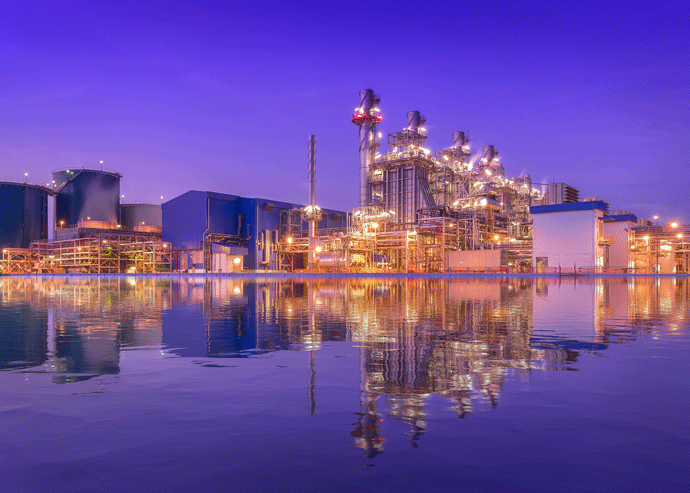
Parliamentary hearings on controversial gas capture deal
Iraq has taken another step towards utilising its vast oil and gas resources, prequalifying 41 companies to participate in its fourth oil and gas licensing round in January 2012. Twelve exploration blocks across the country are up for auction, potentially adding as much as 29 trillion cubic feet of gas reserves and 10 billion barrels of oil.
The auction aims to add to Iraq’s crude oil reserves. However, any non-associated gas discoveries are expected to be brought onstream as quickly as possible to respond to the country’s increasing needs for power generation. This would protect Iraq’s national gas grid from any future curtailment on oil output, which would reduce associated gas production.
Iraq flared 874 million cubic feet a day (cf/d) in June, according to figures released by the Oil Ministry. Baghdad has been seeking a way of ending this enormously wasteful practice. In 2008, an agreement was signed with UK-Dutch oil major Shell and Japan’s Mitsubishi to form the Basra Gas Company (BGC) along with state-owned South Gas Company.
After three years of delays, the Oil Ministry signed a final agreement with the partners in July and the deal is now under consideration by both the Parliament and the Council of Ministers.
At the end of July, the Oil Ministry made a presentation on the deal before the parliamentary oil, gas and natural resources committee (OGNRC). Ahmed Mousa Jiyad, a Norway-based consultant was also asked to provide his opinion on the deal on 5 August.
Jiyad raises a number of questions about the proposed gas utilisation deal, largely on the lack of clarity surrounding it, particularly in terms of costs, output and its intended uses.
For example, the Oil Ministry gives a production figure of 2,000 million cf/d, although it is unclear if this is initial production or average production.
“Obviously, there appears to be some ambiguity about what this production capacity really means and how realistic is its suggested scale,” says Jiyad.
The Oil Ministry provides no information on how and why this specific scale of production capacity was arrived at, and whether this is an “optimal” size for the joint venture, says Jiyad, nor is there any indication of the expected utilisation rate of this reported capacity.
“Economically, production capacity is very important factor that has bearings on capital expenditure, operating expenditure, revenues and eventually on the profitability indicators of the project,” says Jiyad. “Needless to say, that such ambiguity surrounding the scale of the reported production capacity would logically lead to more uncertainty regarding the economic feasibility of the project.
There is also the question of cost. While previous Oil Ministry statements had pointed to a total cost of $12bn, the scheme now looks likely to cost more than $17.2bn. The majority of this is from rehabilitation and the construction of new gas facilities, at $12.8bn. The cost also includes a controversial liquefied natural gas (LNG) unit adding another $4.4bn.
Jiyad called on the Oil Ministry to provide the full text of the economic model used in the contract, along with all related data and calculations to allow a deeper analysis of the BGC and assessment of its feasibility.
You might also like...

Adnoc Offshore awards Upper Zakum contract
17 April 2024

Oman awards Batinah coastal road contract
17 April 2024

Oman appoints Al Khuwair Downtown project manager
17 April 2024
A MEED Subscription...
Subscribe or upgrade your current MEED.com package to support your strategic planning with the MENA region’s best source of business information. Proceed to our online shop below to find out more about the features in each package.





